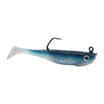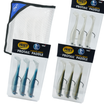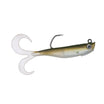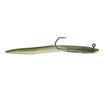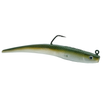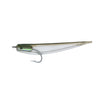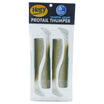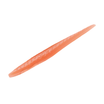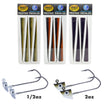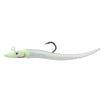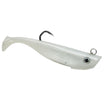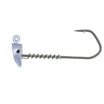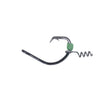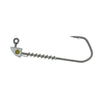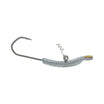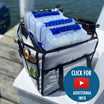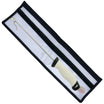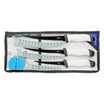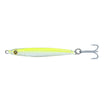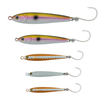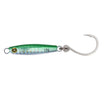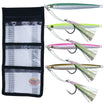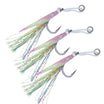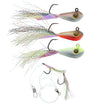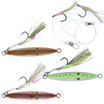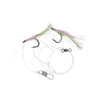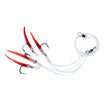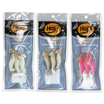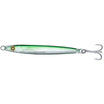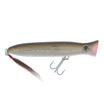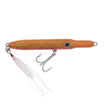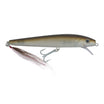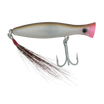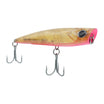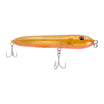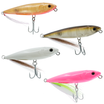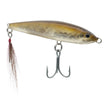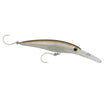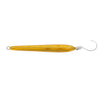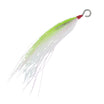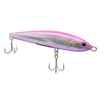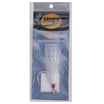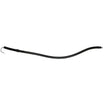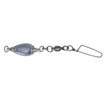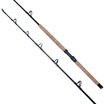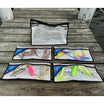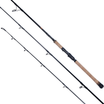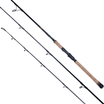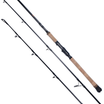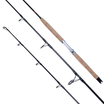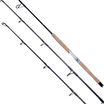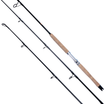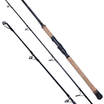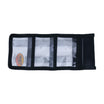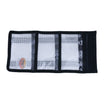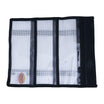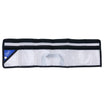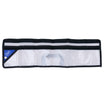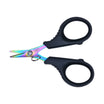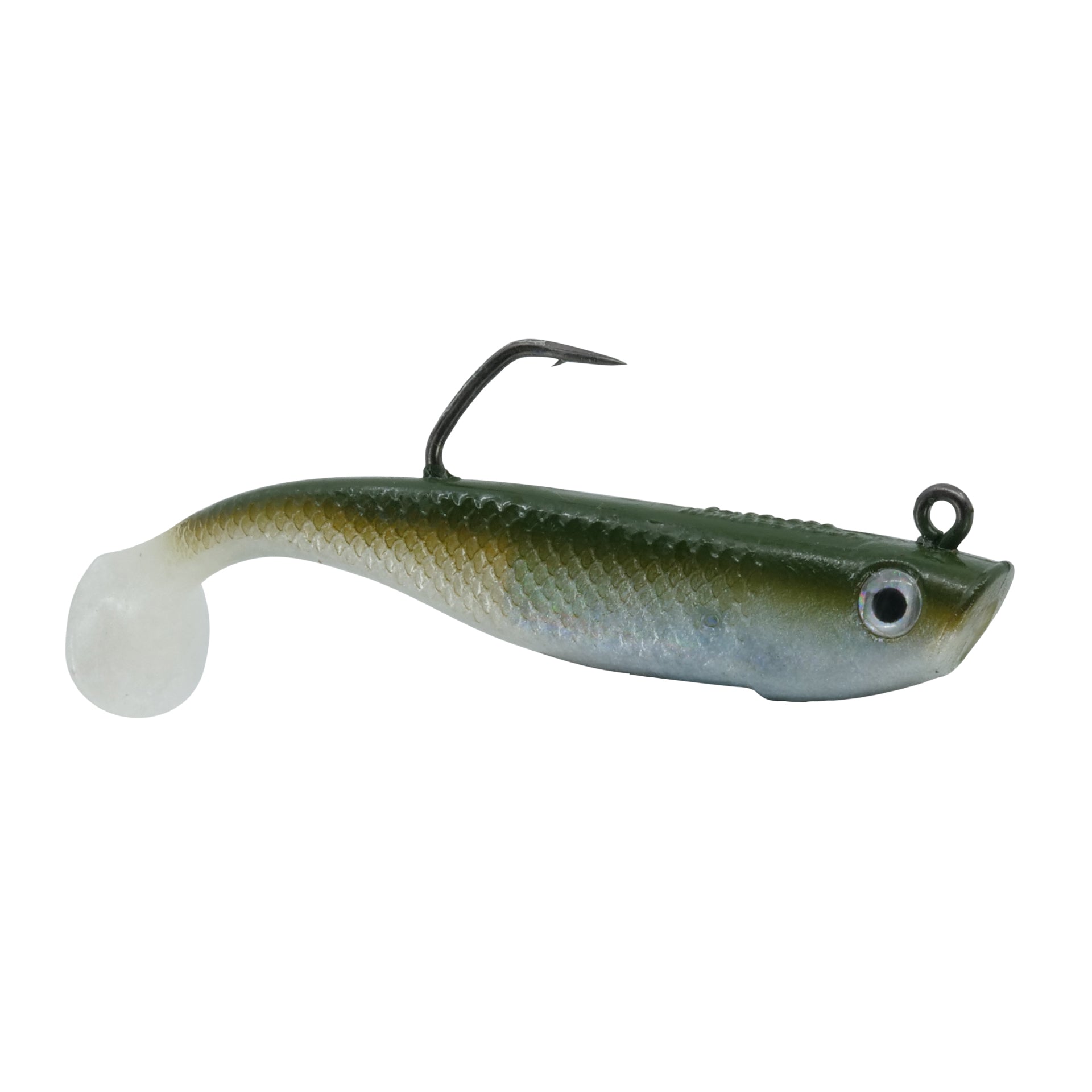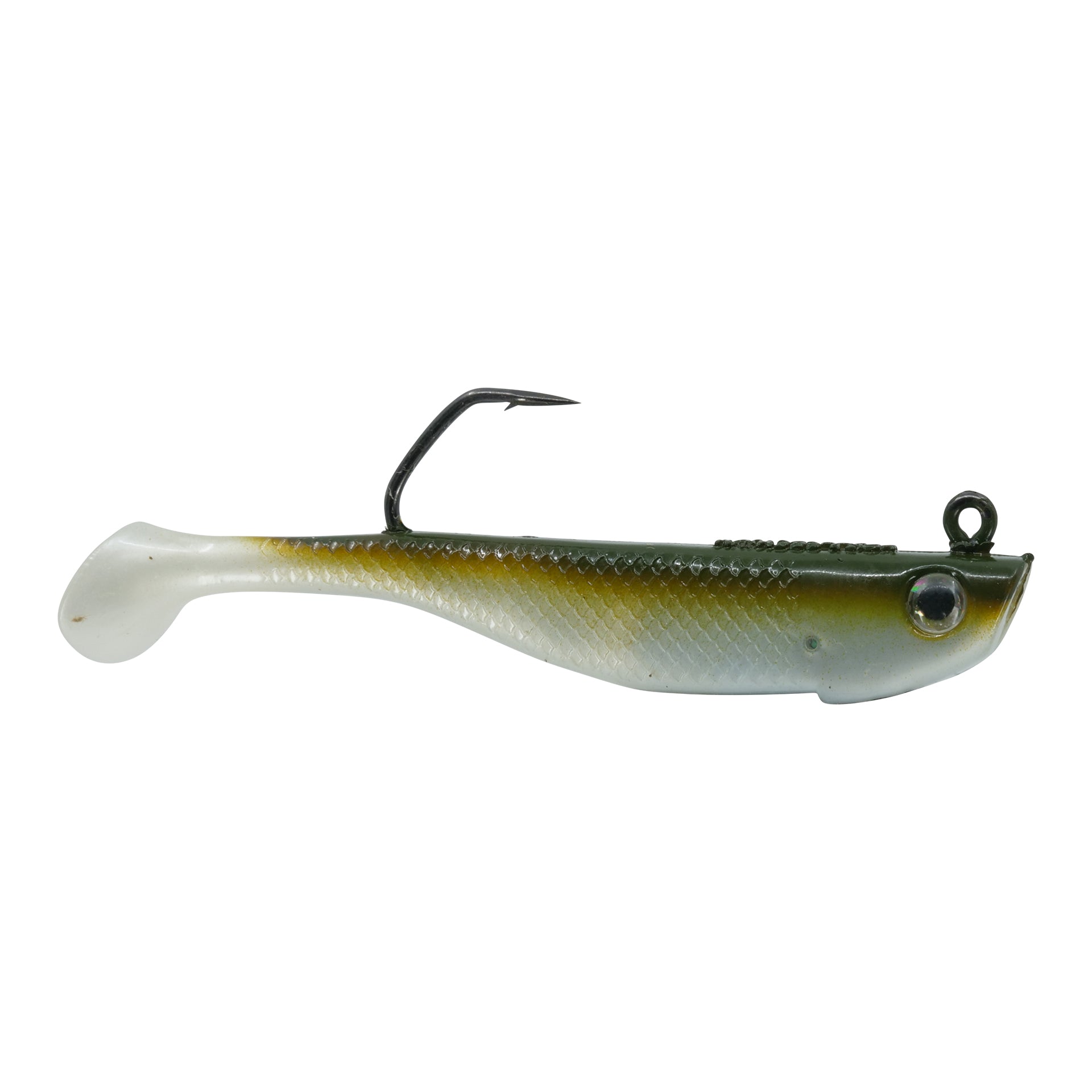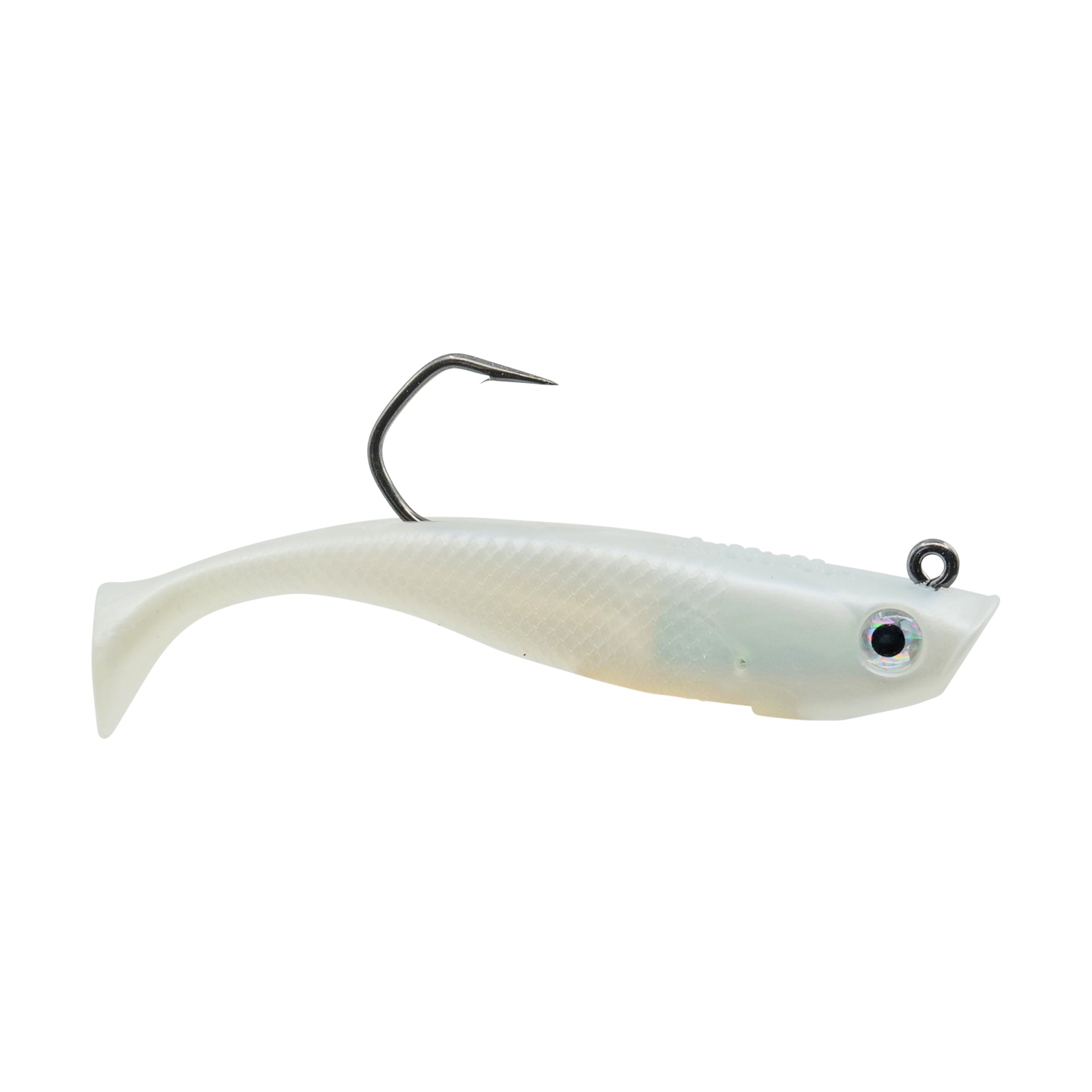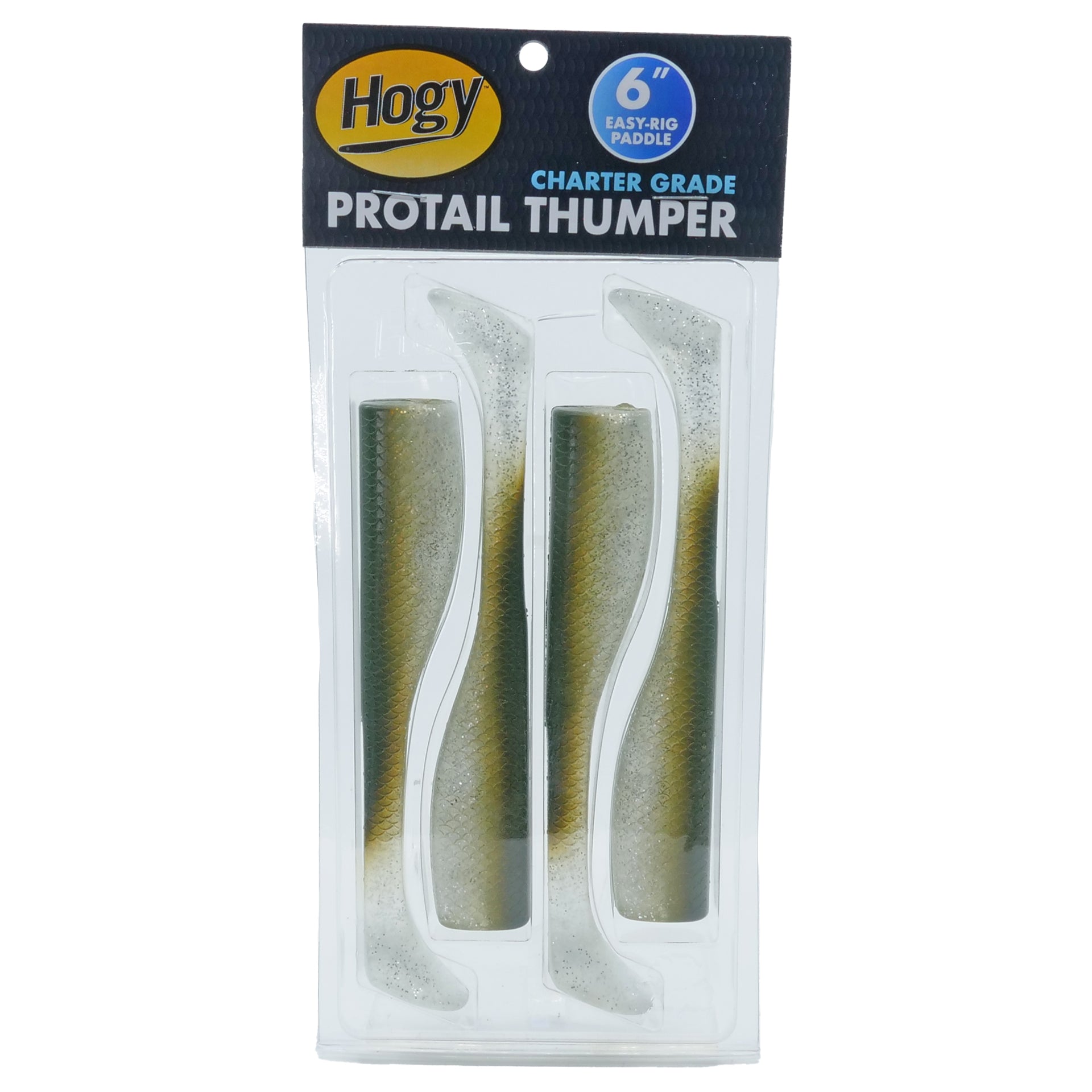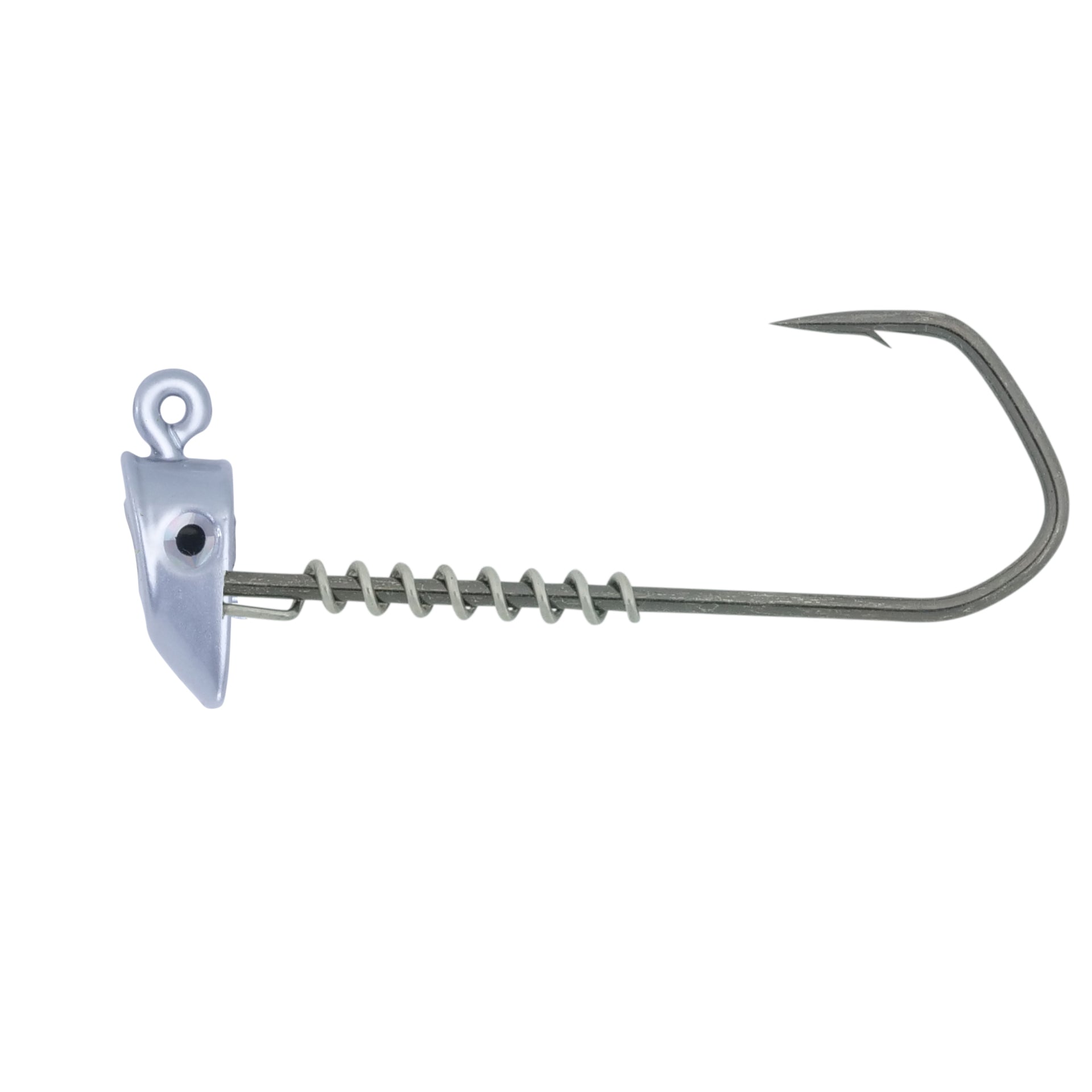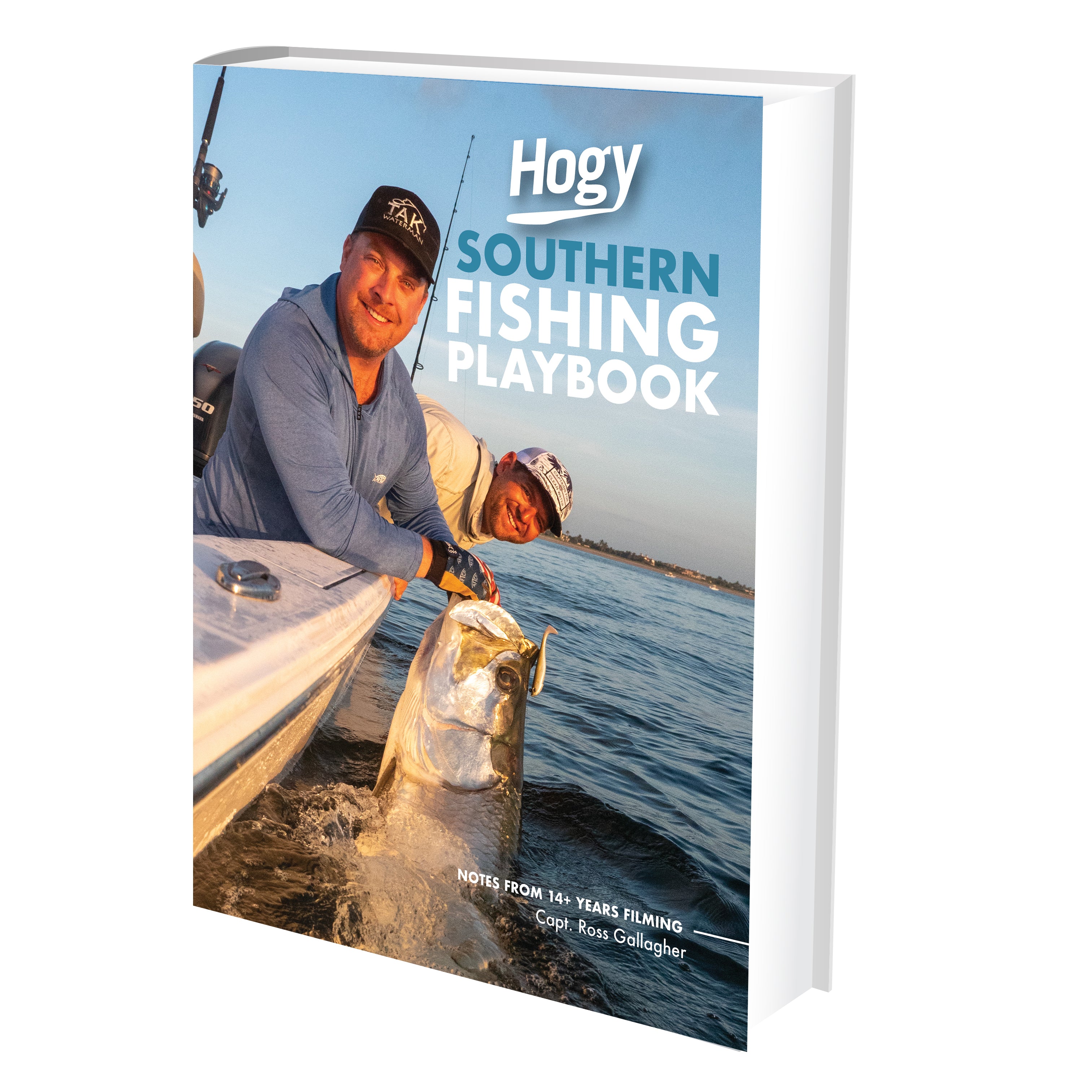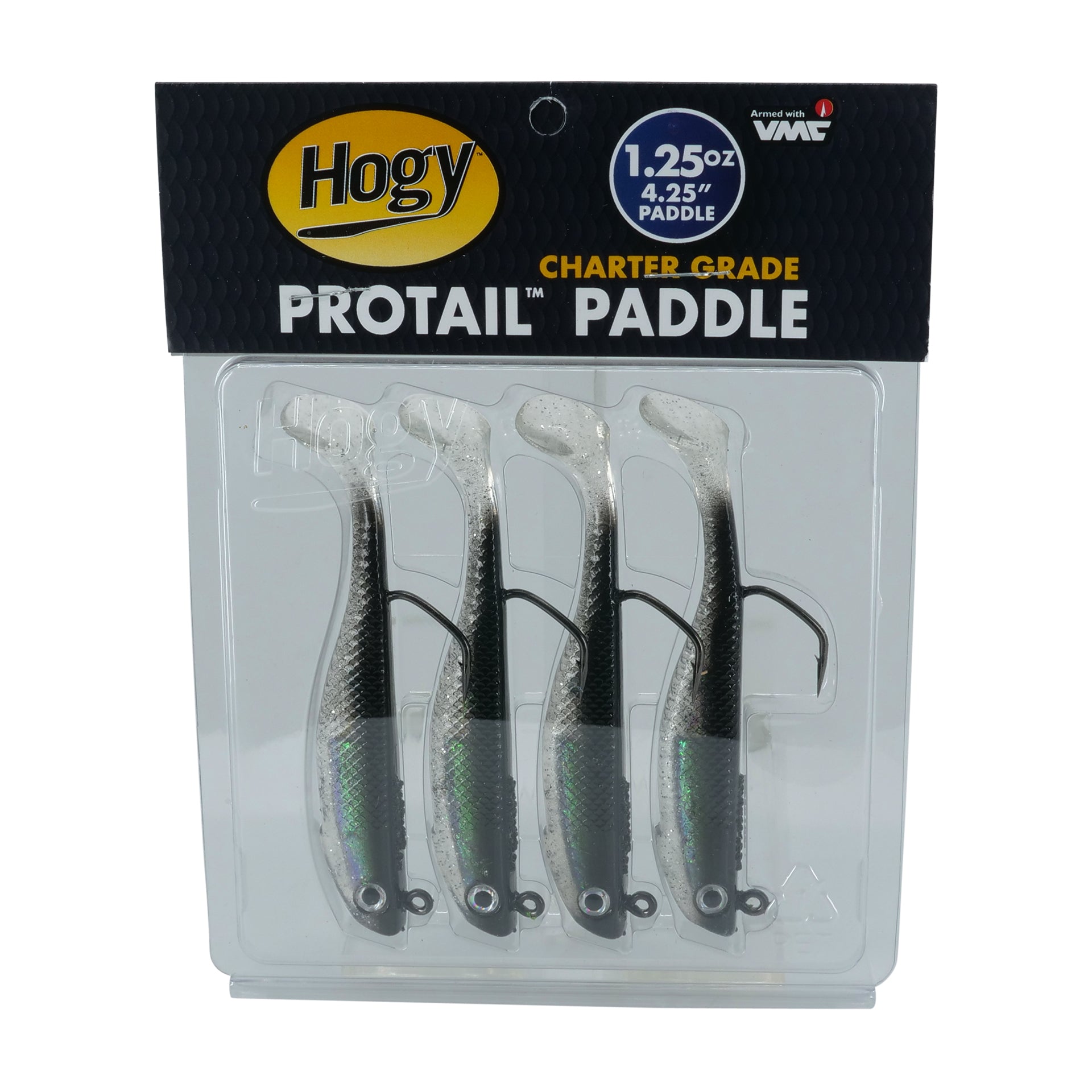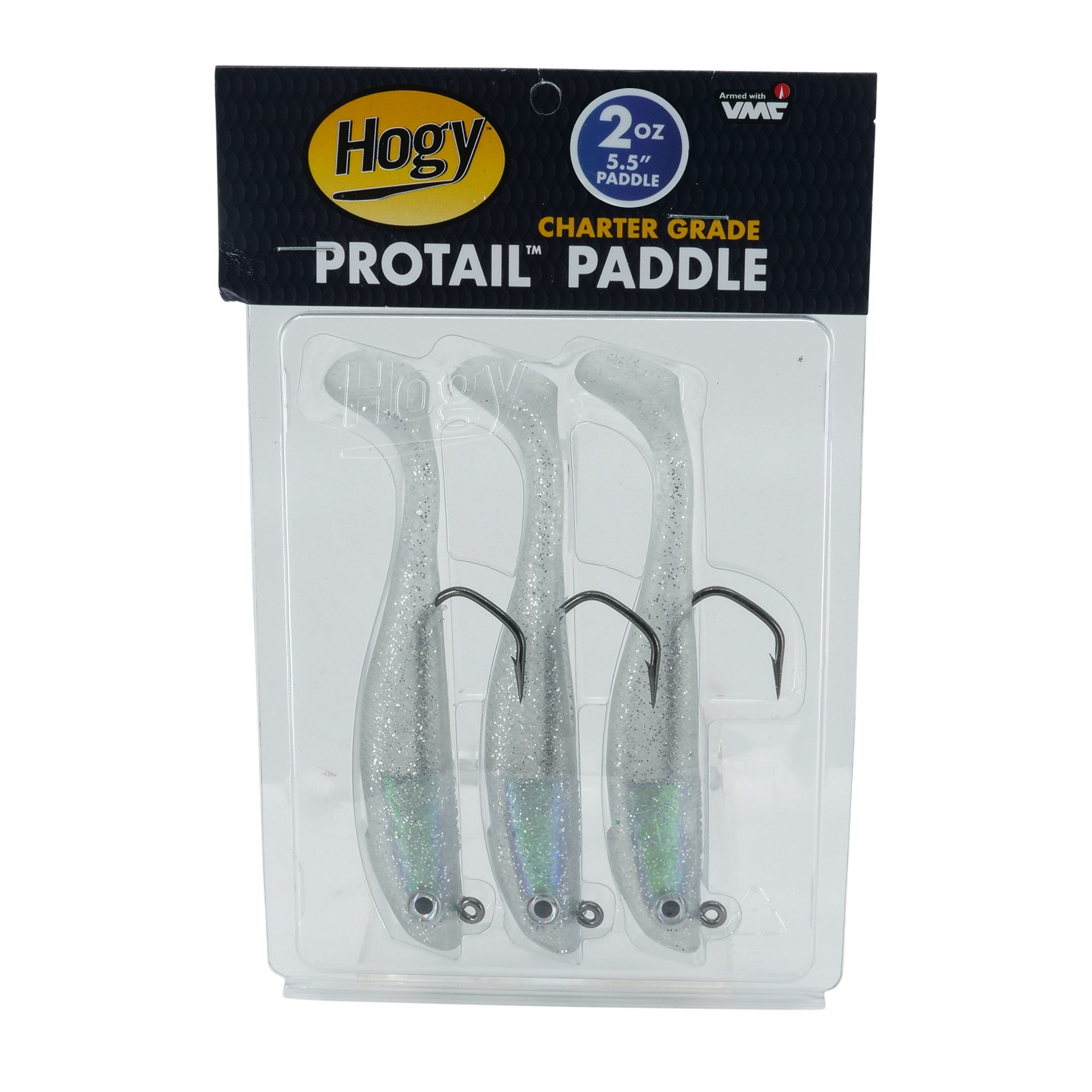Tarpon Fishing The Minnow Run
There are several baitfish fry hatches that occur along the Atlantic and Gulf Coasts. Along East Central Florida, it’s generally and red minnow or silverside, while on the Gulf side it’s silversides or tiny threadfin herring that make up the bulk of the biomass. These biomass accumulations happen very close to shore along coastal beaches, giving shore-bound anglers front row seats to fishing of epic proportions. Boat anglers have the advantage of covering miles of shoreline to find the most productive bait schools quickly. The lures and techniques for targeting tarpon during the minnow run can be used by both shore and boat anglers.
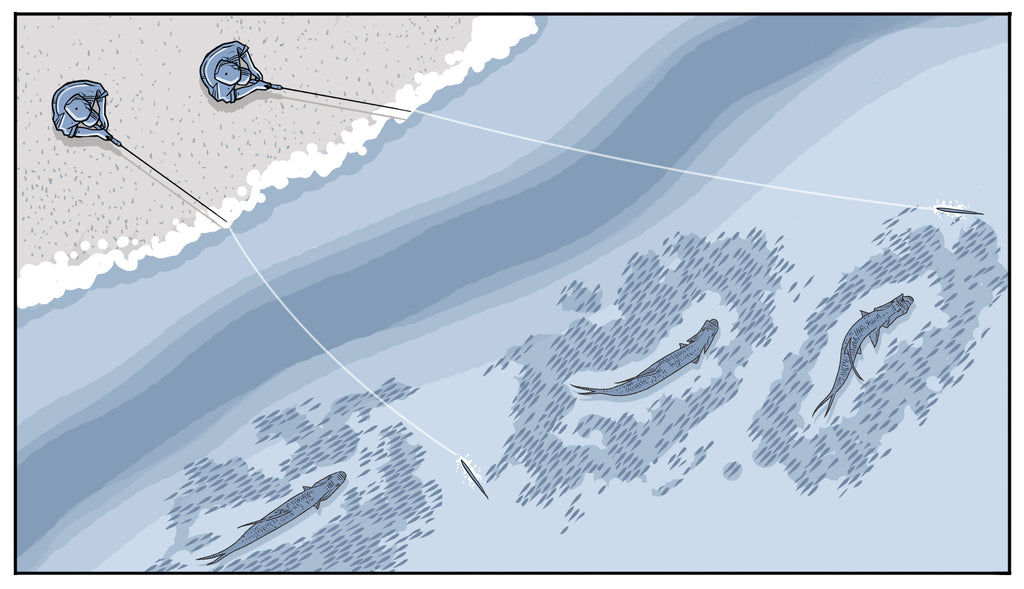
Timing: These minnow runs usually happen in late July into early August along the coast of Central Florida, while the Gulf runs happen a little later in September and October. Both have the same characteristics, with massive schools of baitfish collecting in very close to shore in the first trough, out to maybe one hundred yards out.
Methods: Smaller, lightweight presentations are key for imitating micro forage. Trophy grade rigging found on the smallest 3.5-inch, 4.25-inch and 5.5-inch Pro Tail Paddles are an excellent choice for casting into the shallow surf. I’ll generally utilize my lightweight tarpon setup, with 30lb braid and 50lb fluoro. This offers an ideal balance for casting lighter lures and fighting fish in shallow water. Small sub-surface swimming plugs, like the 5.5-inch Charter Grade Slider also work very well for both shore and boat anglers.
Techniques: When the minnow run is in full swing, tarpon can be seen viciously feeding through these massive bait schools. Tarpon will often be seen gulp feeding, tail slapping and leaping entirely out of the water. It’s really one of the most exciting feeding events tarpon anglers can witness. I’ll normally start by throwing a Black Pro Tail Paddle, using heavier 2oz., 5.5-inch models when the surf is kicked up, or when fishing from shore. This lure offers long casting range on appropriate tackle, and allows boat anglers to stay a safe distance away from any breaking swells that may be rolling up the sand bar. On calmer days, sizing down to the 4.25-inch or 3.5-inch models offer a more imitative presentation and get bit when fish get a bit finicky and reject larger presentations.
Try to place your casts along the outside edges of bait schools, giving your lure the chance to be seen and targeted by a roaming fish. It’s much harder for a fish to find your bait when you cast directly into a school of hundreds of thousands baitfish. Utilize a steady retrieve just a few inches below the surface. Tarpon will track the bait a short distance before committing to strike.
Alternatively, if you find small groups of fish meandering on their own outside the bait schools, lead the fish and cast ahead of their travel path by five to ten feet. Begin your steady retrieve across their path and odds are the fish will pull off, track down and strike your lure. I’m generally using black, as it’s my favorite color for tarpon, but some days an olive or silver pattern can be the ticket.
MINNOW RUN SHORE ANGLERS
One of the most productive opportunities for shore anglers to target big numbers of tarpon happens during the minnow run. Due to the minnows’ preference for close proximity to the surf line, tarpon are often very close to the beach, well within range of anglers using traditional tarpon rod setups. Many anglers prefer to use their heavy tarpon rod setups when targeting shore tarpon for the added benefit of increased line capacity. Shallow water tarpon often take off on blistering 50 - 125 yard runs when they feel the hook, so an adequately spooled reel should be used when attempting to target these fish.
Technique: Smaller profile Pro Tail Paddles in the 3.5-inch, 4.25-inch and 5.5-inch range are the most popular. These heavy paddle tails feature enough weight for casting on heavier outfits and carry a strong enough hook to land even the largest tarpon feeding in the shallows. Similar to boat presentations, casts should be placed along the outside edges of minnow schools where tarpon have an opportunity to see a single bait broken away from the school. Slow stop-and-go retrieves can work very well, letting the bait fall to the bottom for a moment before beginning the steady retrieve again.
Color wise, black sliver, bone, olive and black all work very well at imitating the darker pattern of the red minnows. The smallest size Pro Tail Paddles are best suited for slick calm days when fish may be hesitant to hit larger offerings. On choppy days and high surf, the larger 5.5-inch Pro Tail is a top choice, offering a larger profile and extra casting weight for added distance and its ability to swim a few inches below the surface.

